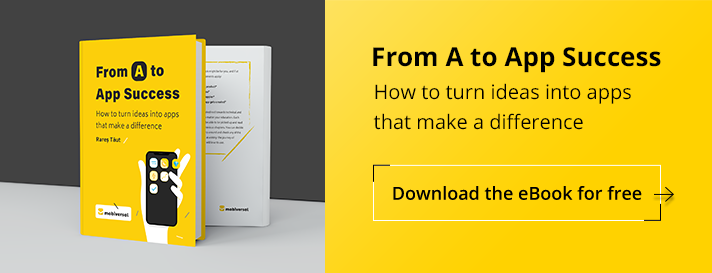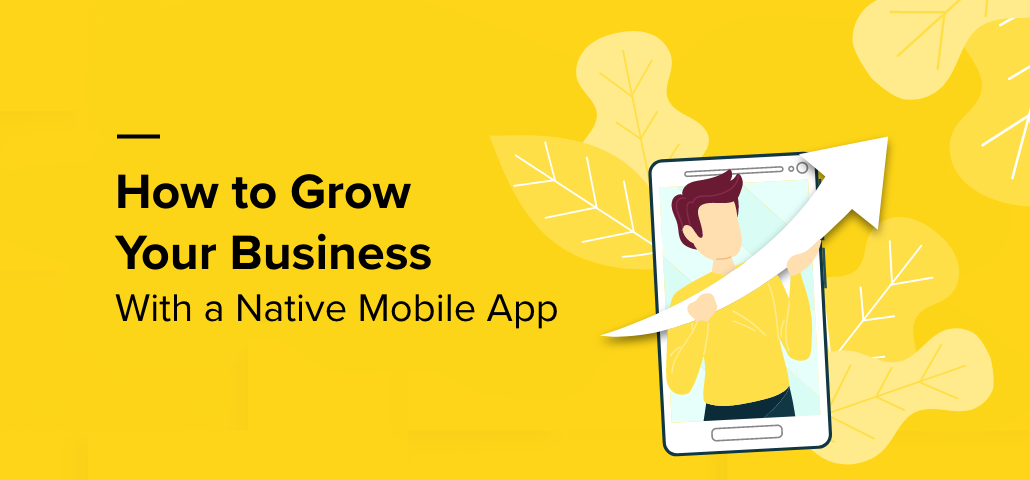How to write a Product Requirements Document – PRD
A product requirements document is one of the most important documents for any team that is using traditional project management. As a matter of fact, almost 70% of projects fail due to a lack of requirements gathering. So, without any fear of being mistaken, successful releases of any product start with a product requirements document.
A product requirements document (aka PRD) should outline the purpose, users, basic functionalities, and technical specifications before the app building process begins, acting as both foundation and guide for the whole project.
Contrary to popular belief, the intended audience for a PRD should not be the development team alone but instead, it should address all parties involved.
A product requirements document is vital to help align the objectives and goals of all team members. Ideally, all these should be written in the form of a story about what certain elements are expected to do, rather than using rigid technical specifications to describe a final outcome.
A product requirements document must answer the following questions:
- Why? Why do you need a mobile app?
- Who? Who will use your app?
- How? How will you achieve your desired goal?
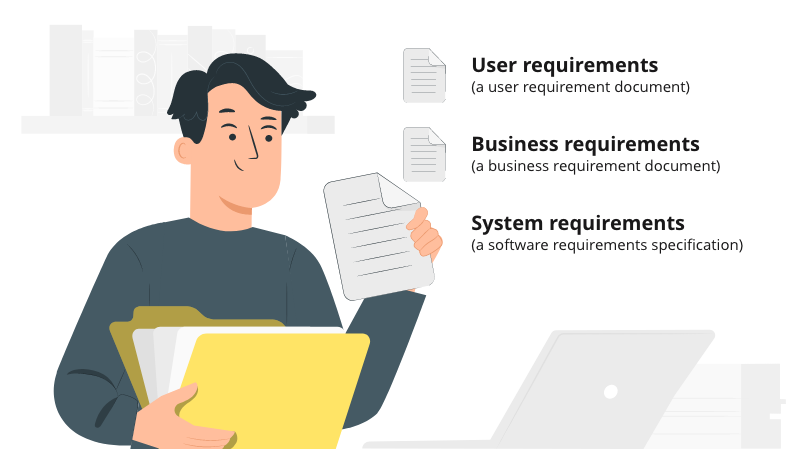
Remember that a good PRD identifies the goals of any new product, service, or feature; and it describes in detail the product your team will build. The product requirement document will be the most referenced resource throughout your product build.
Now we can move on and break them into little pieces:
Why?
Why do you need a mobile app?
The most difficult challenge in mobile app development is getting started. A successful mobile product begins by addressing a specific user need. This part of the PRD provides context around the product you want to build; it aims to clarify the problems this product is design to solve in a manner that is enjoyable for the end-user. Therefore:
- You may want to solve a problem. This is one of the most common reasons why an app is born – the need to solve a certain pain.
- You wish to improve your current business processes. Improving business processes can be a great way to increase the value of a company. In simple terms, you take a process and think of a better way to get it done.
- You need a better online presence for your business. A mobile app can offer a variety of advantages for a business trying to grow its customer base, build & cultivate customer loyalty and increase engagement.
- You sell something. Apps are actually designed to fully take advantage of mobile functionality and are typically 150% faster than a website
- You want to share know-how. You are a guru in your domain and it’s a pity for all that information to fade away in time. Making an extra dollar in the process won’t hurt either.
What is the monetization or business model?
Any app must eventually generate some sort of revenue. The type of monetization you choose for your app depends on varying factors like target users, type of the app and even the operating system you choose to develop it. Explain how your app will generate revenue:
- Freemium subscription. The application is free to download and use, while the app publisher earns money based on the interactions with advertisements within the application.
- Premium subscription. App publisher offers free content for a limited amount of time and then charges users a subscription fee that allows them to access full content without any restrictions.
- In-app purchases. Users can access special contents or features such as powerups, restrictive levels, or additional features.
What would you consider a successful app?
There’s a number of indicators that will decide if the app achieves success.
- Mobile downloads. The most obvious measurement of success for an app is the number of downloads over a given period.
- Retention rate. Retention rate is the number of users who return to the app after a specified period.
- Average revenue per user. Tracking the ARPU of the app is a great way to have an overview on growth progress.
- Daily and monthly Active Users. A KPI useful in determining how indispensable the app is for those who downloaded it.
Who?
This section identifies who your customers really are and how they will interact with your product. User descriptions and classifications together with user journeys and personas are crucial to how the product will get designed and built.
It is essential to have clear image of the “user personas” that are going to be the end-user of your product. These personas are vital in a product’s development process and result. Many new product projects tend to go wrong here; they revolve around personas built too similar, or with a single demographic. Knuckle down on your user-persona development and make sure each one is distinct from the others with specific needs that can be met by using your product!
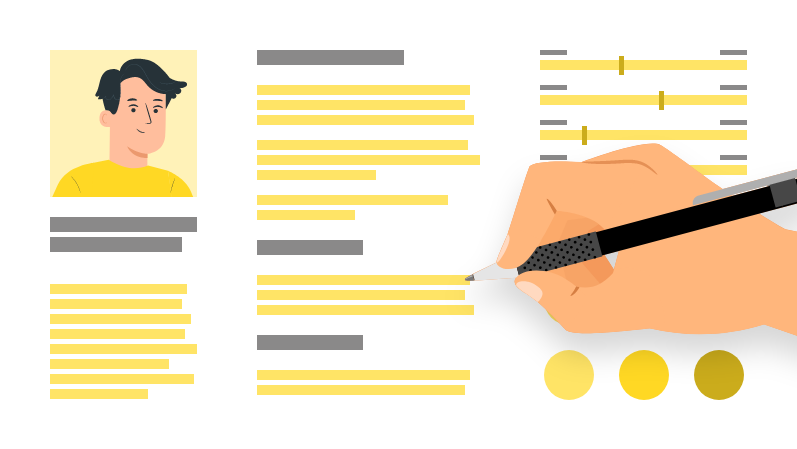
Who will use your app and how will they benefit from it?
Describe the targeted users with their pains and gains, needs and problems.
- The reason why they are visiting your app
- The actions they perform while on the app
- The challenges they had in performing an action
- The information they need at different stages of interacting with your app
- Their emotions from the outcome of their search (delighted or frustrated)
Which are the user roles?
Outline potential aims with which users come to your app and the actions they will take to meet these aims. Some common user roles are the following:
- Guest user: search, view, read
- Regular user: search, view, read, select, buy
- Seller: add, group, sort
- Administrator: create, select, delete
What is the user journey?
Users will perform certain actions within your app in order to meet their goals. Sketch a typical path a user should take inside the app to achieve the desired result. Then arrange these actions in a natural sequence to determine a typical user journey through your app. For example:
- During the Free Trial, the customer finds out how the app works.
- After the customer buys the subscription, a key goal is to obtain value for their money.
- The customer proceeds to the Retention phase, where they see a return on investment.
Can you describe your user persona(s)?
User personas are fictional/hypothetical individuals who match desired or actual audiences. Note down the description of your target audience based on:
- Fictional name
- Job titles and major responsibilities
- Income
- Demographics such as age, education, ethnicity, and family status.
- The goals and tasks they are trying to complete using the app.
How?
Clarity is essential when it comes to writing an engaging description. It needs to be sufficiently detailed, explaining the ways in which your users can interact with what they are using (without prescribing a definite solution). The features you describe should also match up well against any goals or objectives listed at step one of this process–if there isn’t some sort of connection between them then how would these items help fulfill anything?
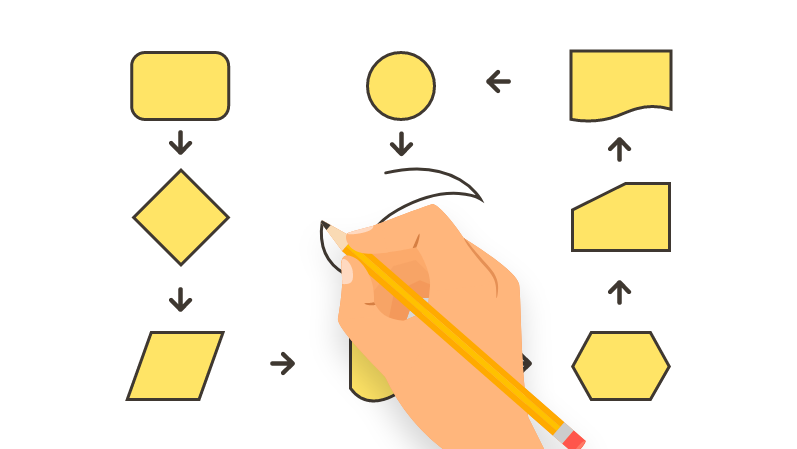
What features will it have?
There are a few features that are nice to have and some which are must-haves and will make your app really stand out. Define what features your app must, should, and could have. The best practice is to prioritize them first. Not all features will be essential.
- Core functionality
- Up to three must-have features
- Up to three nice-to-have features
Will it have similar features to another app / competitor?
Do you know who your direct and indirect competitors are? There’s a must in any business: Known your competition. You need to know who your competition is so that you can stay on top of things in this ever-changing world! Falling behind your competitors could mean certain death for your mobile app ventures.
Identifying your competitors can be made either with the use of specific tools, or agency. But you should always do some research on how they operate and what services/products they offer because not all companies fall into one category! Direct competitors are those that provide similar solutions as us; whereas indirect ones don’t solve any problem but instead tackle different issues through alternative means – making them just as important in competition analysis for business goals.
Add references in case you want something similar.
- List at least three main competitors (along with links)
- List some features you like and features you dislike in their products
Are there any constraints?
Constraints are a great way to bring fresh ideas and creative thinking into your app development process. They force you to think outside of the box, which can lead to innovative solutions that could never happen without constraints! Therefore, try answering these questions:
- Do app requirements align with Apple and Google’s requirements?
- Do app requirements align with corporate policy or government regulations?
- Do you have any constraints regarding app design, operation or implementation?
- Will it provide offline functionality? Access to features and content while offline.
What platforms and device types will the app be built for?
There are many different factors to consider when deciding on which mobile app platform is right for your product. iOS and Android dominate 97% of the global market share, but sometimes constraints like time or budget make it difficult to develop simultaneously for both platforms. You might want to launch first one version with an additional release later down the line if needed!
Determine your target users’ preferences in terms of:
- Device type: smartphone, tablet, smartwatch, smart TV
- Platform: iOS, Android, cross-platform
Do you have current services, APIs, servers, databases?
Describe any service / API / hardware / third-party software you are currently using or willing to integrate with. Are there other credentials that are needed or already exist (analytics systems, platforms, etc.)?
Do you have certain branding and design to be followed?
Branding is a crucial first step for any marketing strategy. Without proper branding, your product will be lost in the pile of unsuccessful products and risk being forgotten as well- remembered only by those who have tried them all before! The right touch can create an identity that people won’t forget easily enough with their own name on it or not at all if they never heard about you at all.
When it comes to mobile app branding, you need a complex structure that includes the name of your app and other important factors such as font color which should match or compliment what logo is used in the design. The background also matters for this type of advertising medium so make sure it’s one with high contrast against various elements on screen like text blocks etc… Additionally, there’s a slogan/description (both written content) along with details about service or product offered by the company behind them – these parts help create the brand personality through a distinct voice from before.
Quickly describe a few details and guidelines. Do you already have a logo, app icon, and identity information or files?
Where will the app be used?
Specific internationalization and localization details may involve changing the text, currency, screen layouts, images and even app behavior as per the local needs.
Have you decided on a budget and a timeline?
Understanding the overall process helps to estimate the approximate cost of the mobile app development, and timeline. It covers tightly connected stages that every application goes through. So, when writing down the budget and timeline for your PRD you should consider the following stages:
- Business analysis
- UX Design
- UI Design
- Back-end development
- Front-end development
- Testing and launching
- Suport and maintenance
Conclusion
Documentation can often feel like a waste of time, especially when you’re constantly changing and adapting to your environment, but there are certain levels that can help save you from chaos. At the end of the day, a PRD is only helpful when it’s shared with each and every stakeholder. Make sure that every developer, designer, and tester involved in the development process is aware of the existence of the PRD, knows how to access it, and can easily edit it when needed. Ideally, the tool you use would support some form of feedback loop between stakeholders and preserve a log of changes.
